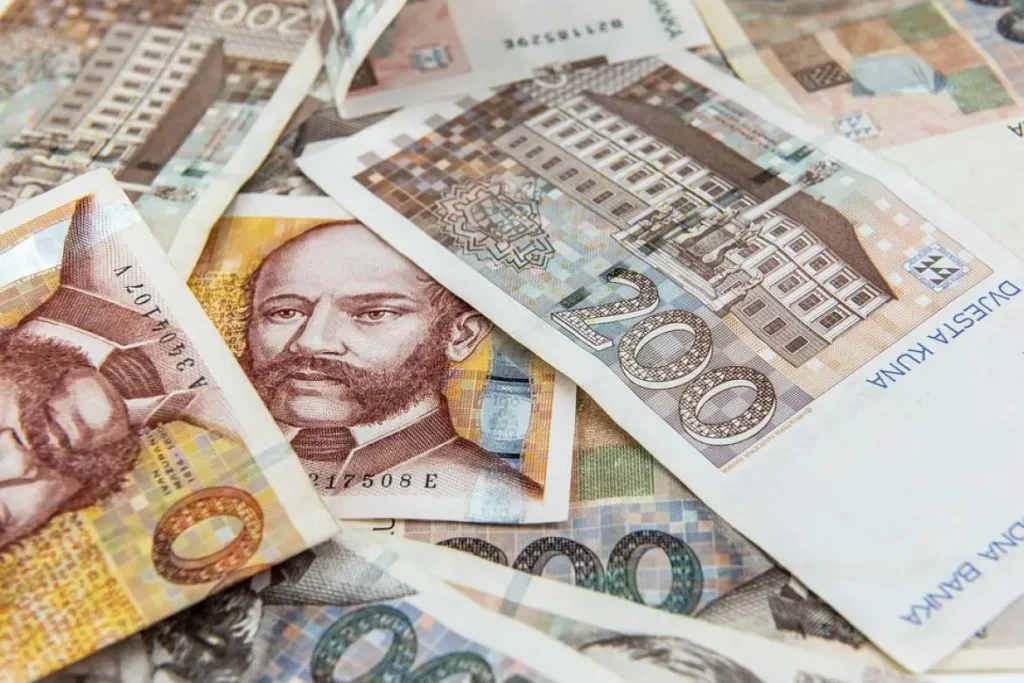The Economic Sentiment Indicator (ESI) for Croatia grew by 1.9 points from October to 111.3 points in November.
Construction confidence increased the most, with the relevant indicator going up by 6.3 points.
Industry confidence grew as well, by 2.8 points.
Expectations in the retail and services sectors also improved, albeit much more slightly, with the indicators going up by 1.2 and 0.8 points respectively.
Consumers, on the other hand, were pessimistic, with consumer confidence going down by 2.7 points.
Managers had signaled increased hiring in the coming period, which resulted in the Employment Expectations Indicator (EEI) going up strongly, by 3.5 points compared to October.
The coronavirus pandemic and problems in the supply chain continue to cause uncertainty so the new indicator, the Economic Uncertainty Indicator (EUI) in November rose by as much as 4.2 points compared to the month before, to 8.6 points.
Consumers pessimistic
The economic climate in the EU in November deteriorated compared to October, as evidenced by a drop in the indicator of one point to 116.6 points.
Pessimism also affected expectations in the euro area, whose indicator dropped by 1.1 points from October to 117.5 points.
The sentiment in both the EU and the euro area was marked by that of consumers, who expect worse times, with consumer confidence dropping by 2.1 points in the EU and by 2 points in the euro area.
Managers in the retail sector, on the other hand, are optimistic ahead of the Christmas shopping season, which has driven up the indicator by 1.6 points in the EU and by 1.8 points in the euro area.
Expectations of managers in the construction and services sectors have improved slightly as well, with the indicators in the EU going up by 0.5 and 0.2 points respectively. In the euro area, they grew 0.4 points each, shows the EC report.
Industry confidence was more or less unchanged.
Business managers plan to continue hiring, which is why the Employment Expectations Indicator increased further to 115.6 points in both regions (+1.4 and +1.7 points in the EU and euro area, respectively), despite marked uncertainty caused by persisting production bottlenecks due to the shortage of certain input components and raw materials, as well as a steep rise in COVID-infections.
For more, check out our dedicated business section.










